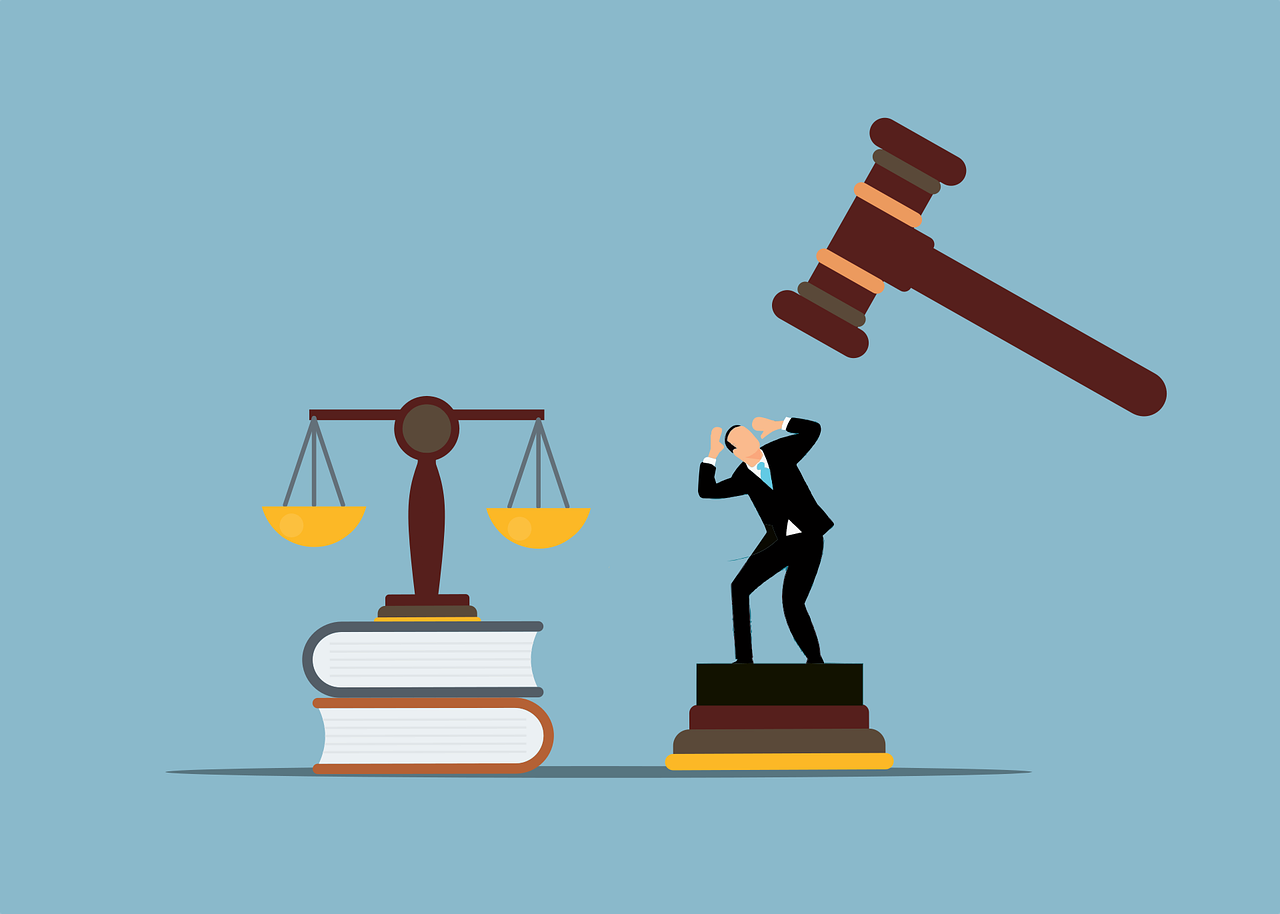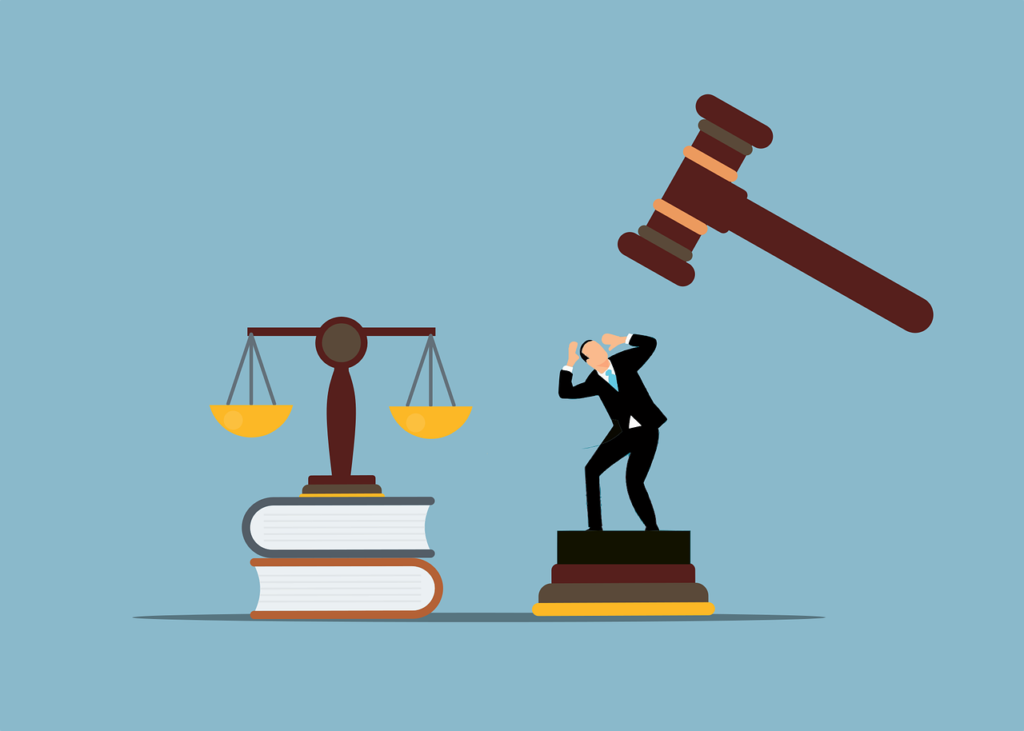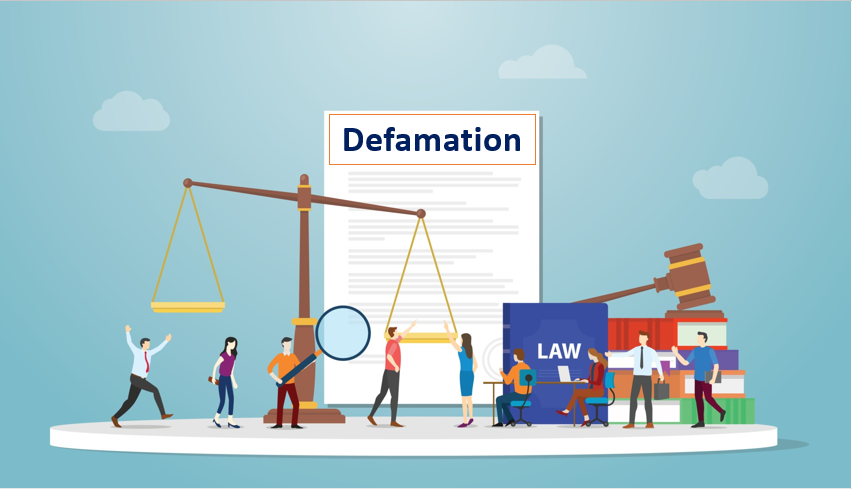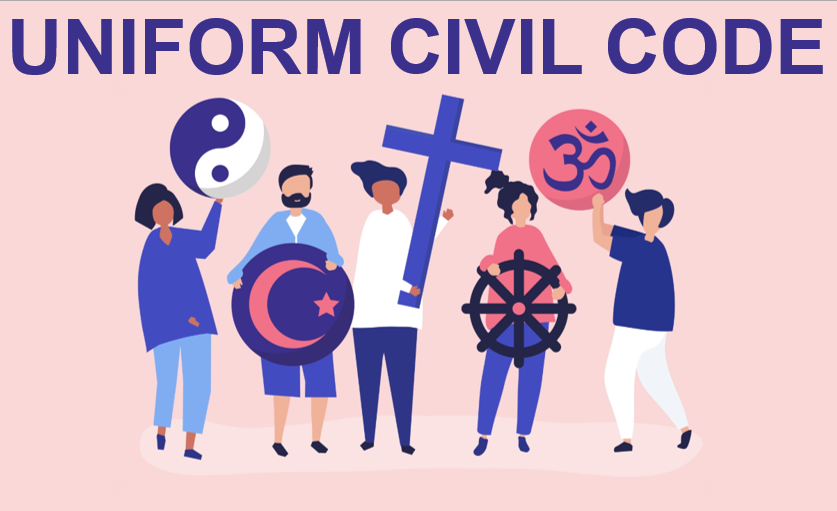Published On: 30th April, 2024

Authored By: Titiksha Halder
Jogesh Chandra Choudhary Law College
Introduction:
Among all the three organs executive is the second most important organ of the government which is vested with a wide range of powers. Despite ministerial and executive functions executive performs various quasi-judicial and quasi-legislative functions also. The executive is also known to be the administrative body of our country.; which administers the state’s rules and regulations properly.
The ideal nation-state is where there is a proper separation of power exists. However, in today’s complex world, it is difficult to keep the three organs separate from each other.
Need of Judicial function of the executive
In the 20th century, the modern state became a welfare society from a laissez-faire society. Where functions of the state which are of an executive or administrative nature have expanded. In the present world, it is not only known for its sovereign identity but it also focuses on social security and the welfare of the common masses.
Taking exclusively about the judicial function; the function performed by the executive is known as the quasi-judicial function. eg-imposition of penalties, confiscation of goods, etc.
It is almost impossible for the traditional judiciary to adjudicate every matter that comes up. So this judicial power is vested with the executive in certain cases e.g – the state regulates industrial relations, and exercises control, over production. The original judiciary can’t deal with all the socio-economic problems to adjudicate these disputes which, disputes between employer and employee, can be solved by such quasi-judicial bodies. These quasi-judicial powers are vested with the executive bodies through tribunals.
Definition
the dictionary[1] meaning ‘tribunal’ means a set of benches upon which a judge or judges sit in a court’[2].
In the case of Durga Shankar Mehta vs. Raghu raj Singh,[3] the Supreme Court of India defined tribunal in its terms – that the expression ‘Tribunal does not mean the same thing as a court
but it includes all adjudicating authority, provided they are constituted by the state and are invested with judicial as distinguished from administrative or functions.’
So the tribunals are nothing but the adjudicating authorities set up by any statute. These tribunals consist of persons having legal knowledge as well as technical knowledge. It is generally, a person or any sort of institution which has the authority to judge, adjudicate, or determine claims or disputes between parties generally called a tribunal.
This huge growth of administrative tribunals is a unique feature of 20 th century mainly after WORLD WAR I AND WORLD WAR II various tribunals were created under various welfare legislation.
As with the growing complexities the traditional judiciary became slow, costly, and complex. Our ordinary judiciary system was not in a position to meet the complex situation and solve critical problems arising due to the changing socio-economic political context. In this situation to quickly dispose of the cases, which need technical knowledge is crucial. That is why tribunals were formed.
Constitutional Provision for Tribunals
When the Constitution came into force there were no such provisions about the tribunals. With the growing need for technicality, these tribunals came into force.
In the year 1976 with the 42nd Amendment Act, the constitution incorporated a new part namely XIV-A of the constitution. This part was entitled TRIBUNALS. And consists of two articles
- ARTICLE 323A: deals specifically with administrative tribunals.[4]
- ARTICLE 323B: deals with tribunals made for adjudicating other matters.[5]
Article 323A (1) enables parliament ‘to create tribunals and authorize them with such power for adjudication and trials in the disputes relating to certain complaints.’[6]
likely under art 323B tribunals can be made by both parliaments as well as state legislature – panchayat court, rent control authority, etc.
Under article 323A(2) it provides power given to the tribunals in various sub-clauses.
This new part provides for the establishment of an administrative tribunal for the Union and a separate administrative tribunal for each state or two or more states jointly. Also specified is the jurisdiction, of the tribunals and also its powers, and authorities, procedures which may be exercised by the said tribunals.
In sub-clause 2 itself, the constitution has provided a special power that ‘excludes the jurisdiction, of all courts, except the jurisdiction of the Supreme Court under Art 136.’
Article 136 provides ‘the Supreme Court to grant special leave to appeal from any judgment, decree, determination, sentence or order passed or made by any tribunal in India’[7].
Without the said provision, there was no scope for judicial review of the administrative tribunal previously.
The decisions of the tribunal were held to be final and conclusive.[8]
Amendment
The 42nd Constitution Amendment Act of 1976 was the most debatable amendment in the co history of the constitution of India. This amendment restricts limits, curtailing the fundamental principles of judicial review of high courts throughout India. Which was prominently known as a part of the ‘basic structure’.
In simple words, ‘; Judicial Review’ is ‘the power of the Supreme Court or high courts to examine the constitutionality of any law or any decision’. It is the power of the courts of a country’s judiciary to examine the ‘constitutionality of legislative enactments or executive orders’.
Regarding the administrative tribunals, the 42nd Amendment brought about a modification.
It snatches the superintendence power of high courts over administrative tribunals which the high courts possessed under Art 227 of the constitution of India.
It empowers the parliament to establish tribunals through Art 323 A AND 323B.
This amendment provides for the exclusion of the jurisdiction over the tribunals of all courts except the Supreme Court under Art 136. The tribunals were made independent
‘Administrative Tribunal Act 1985’ was set up. it has its roots in Article 323A of the constitution of India.
Administrative Tribunal ACT of 1985
This ‘Administrative Tribunal ACT 1985’ mainly talks about three kinds of tribunals:
- CAT [Central Administrative Tribunal]- which is formed by the central government
- SAT[state administrative tribunal] which was introduced for the state government employees If required, upon receipt of a request on this behalf from any state government, for state employees the central can set these tribunals.
3, joint administrative tribunals. For two or more states jointly.
The 42nd Amendment substantially excluded and curtailed the power of high courts and supreme courts.
Section 28 of the Administrative Tribunal Act 1985 excluded the power of judicial review exercised by the high courts under Art 226 and 227.
Though the power of the high court under Article 227 was restored by the 44th Amendment Act of 1976, no change was made in part XIV.
Landmark case laws
In the case of ‘Sampath Kumar vs. UOI”[9]– The constitutional validity of the Administrative Tribunal Act was challenged.
The constitution bench upheld the validity of the Administrative Tribunal Act 1985. justice held that ‘we have already seen that judicial review by this court is left wholly unaffected and there is a forum where matters of importance and grave injustice can be brought for determination.
The court has also observed the CAT is the real substitute for High Court de jure as well as de facto regarding the matter dealt with. It was also contended that “it is therefore paramount importance that the substitute institution – the Tribunal – must be a worthy successor of the High Court in all respect”[10].
However, even after this judgment, the overall picture regarding the tribalisation of justice in the country is not satisfactory and encouraging. with this, the executive is vested with unnecessary powers which afterward leads to misuse or abuse of power. it is a known phrase that ‘power corrupts and absolute power corrupts absolutely’
This was the major question after the Sampath Kumar case ‘whether administrative tribunals are the real substitute for high courts? did they fulfill all the objects for which they were set up?
It is a well-known fact that the judiciary is the protector of the Constitution we cannot exclude it.
After 15 years of this in the case of Sampath Kumar in the case of
- ‘L CHANDRA KUMAR vs. UNION OF INDIA’[11]
The honourable supreme court through one of its division bench held that the decision of Sampath Kumar requires extensive reconstruction.
. Considering numerous decisions the larger bench of l Chandra Kumar held that ‘judicial review.is the essential and basic part of the constitution.
- The jurisdiction of the high courts under Articles 226 and 227, as well as under Article 32 of the Supreme Court, holds significant importance and cannot be restricted in any manner.
. The court also held that it is the power and duty of the judiciary to ensure the legislature and executive do not exceed their limit and abuse their power. Therefore the power of judicial review cannot be excluded by legislating an act by the parliament or by amending the constitution’.
Taking into account various decisions the larger bench held the following
“Section 28 of the Administrative Tribunal Act 1985 as ultra vires”[12].
“Clause 2(d) of article 323A as well as clause 3(d) article 323B of the 42nd Amendment of 1976 destroys the basic structure of the constitution”.
Also, the Supreme Court held that the Constitution had not put any prohibition against administrative tribunals working in supplemental roles, but they could not acquire a substitutional role over the high courts and supreme courts. The administrative tribunals cannot substitute for the high courts.
Their decision will be subject to examination by the division bench of the corresponding high courts.
This view laid down by the Supreme Court is correct. It can be contended that the decision of L. Chandra Kumar is a progressive step in the direction of the independence of the judiciary. This judgment seeks to restore the jurisdiction and constitutional status of the High Court and Supreme Court in the direction of re-enforcing the rule of law. That ensures checkover of the tribunals in India by the judiciary through the process of ‘judicial review’.
Conclusion
Concluding it with the note that the statutory finality of the decision will not affect the jurisdiction of supreme courts and high court.
The Constitution recognizes this authority, and it cannot be taken away.
If the tribunal has failed to act within its jurisdiction or acted in abuse of jurisdiction, without jurisdiction or the order passed by the tribunal is arbitrary, irrational, illogical, immoral, or does not follow the principles of the natural law of justice then such decision can be set aside by the judiciary.
With this the range of judicial review over administrative tribunals is widened through various judgments, maintaining the equilibrium among all the three organs. And keeping executives in check.
After 1976 it was the long battle of almost two decades to restore the power of majesty of high courts. In this way, the power of judicial review over tribunals was upheld Ed after a long battle.
Reference(s):
[1] Webster‘s New World Dictionary (1972)1517;
[2] Walker, David M. (1980), Oxford Companion to Law, Oxford University Press, p. 1239, ISBN 0-19-866110-X
[3] Durga Shankar Mehta vs. Raghu Raj Singh AIR 1954 SC 520(1995) I SCR 267.
[4] India Const.art.323A
[5] India Const.art.323B
[6] With respect to recruitment and conditions of service and posts in connection with the affairs of the union or of any local or other authority within the territory of India or under the control of the government of India or of any corporation owned and controlled by the government.~ according to the bare provision.
[7] India Const .art.136.
[8] No appeal, or revision reference against the decision of the administrative tribunal is maintainable if the said right is conferred by the relevant statute.
[9] S.P. Sampath Kumar Vs. Union Of India ( 1987) I SCC 124: AIR 1987 SC 386
[10] Lal Chand vs State Of Haryana AIR1984 SC 226
[11] L. Chandra Kumar Vs.Union Of India (1997) 3 SCC 261:AIR 1997 SC 1125
[12] Nupur Sharma, Another example of the tassel between judiciary &the Executive: A case analysis of S.P. Sampath Kumar v. Union of India, LAW ESSENTIAL BLOGS, (March27,2024,8:52), https://lawessential.com.



